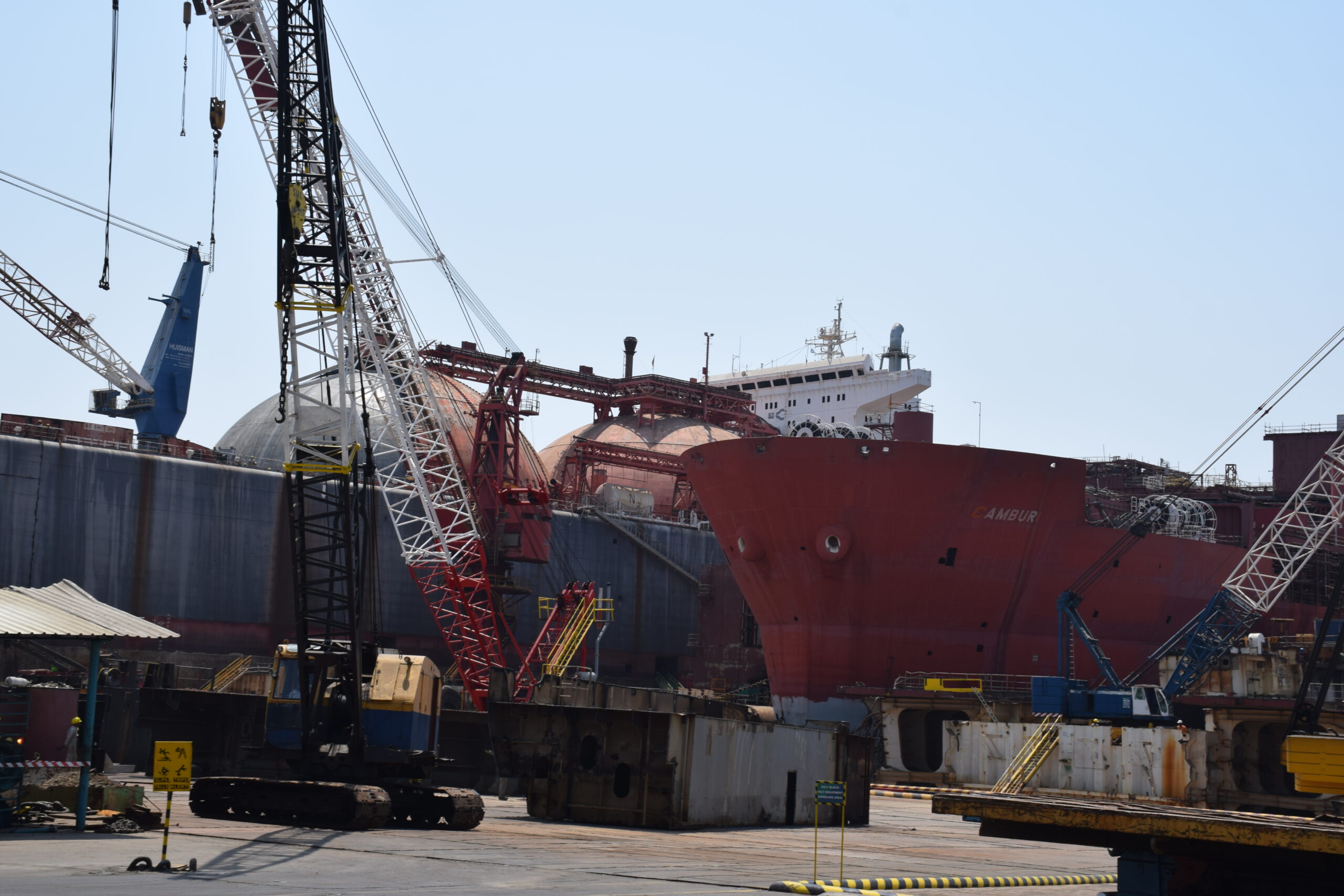Government Efforts in the Maritime Sector: Addressing Challenges and Expanding Infrastructure
The Union Minister of Ports, Shipping, and Waterways, Shri Sarbananda Sonowal, recently delivered an extensive briefing in Parliament, addressing several pressing issues affecting India’s maritime sector. This comprehensive update focused on challenges like container shortages and the expansion of port capacities, shedding light on the government’s proactive steps to bolster the industry’s efficiency and sustainability.

Addressing Container Shortages
One of the primary concerns highlighted was the issue of container shortages, which have impacted Indian exporters. Minister Sonowal clarified that there isn’t an acute shortage of containers per se; rather, the disruptions were significantly influenced by the Red Sea crisis that emerged towards the end of 2023 and extended into early 2024. This crisis, which involved geopolitical tensions and conflicts, caused many shipping routes to be redirected from the Suez Canal to the longer route around the Cape of Good Hope. This diversion resulted in increased transit times by approximately 35 to 40 percent, creating delays at major global ports and escalating the costs associated with chartering ships.
To counter these challenges, the Indian government has implemented several strategic measures. Shipping companies, for instance, have been repositioning empty containers worldwide to align with market demands. This global repositioning is crucial in managing container availability and mitigating the impact of transit delays.
Further, the Ministry of Commerce & Industry has been actively involved through its Service Improvement Group framework. This initiative involves regular consultations with shipping lines, port authorities, and various export-import associations. One of the practical steps taken includes advising the formation of safety convoys for vessels navigating through disrupted maritime routes, a measure aimed at ensuring the safety and timely movement of goods. Additionally, the government is tackling the congestion at inland container depots, working closely with the Container Corporation of India to streamline operations.
Another significant long-term strategy discussed by Minister Sonowal is promoting Indian ownership and operation of containers. The Directorate General of Shipping has been instrumental in this initiative, encouraging Indian companies to invest in container assets. This approach is not only seen as a solution to current shortages but also as a means to secure the country’s maritime logistics in the long run.
In line with modernizing the logistics framework, the development of tracking and tracing mechanisms through platforms like the Unified Logistics Interface Platform (ULIP) and the Logistics Data Bank (LDB) is underway. These technologies aim to enhance the turnaround time of export containers, ensuring they are efficiently utilized and readily available for exporters, thus improving the overall logistics efficiency in the sector.
Expansion of Port Capacities
Beyond addressing container shortages, Shri Sonowal also spoke extensively on the significant expansion of port capacities across India. This expansion is crucial for supporting the growing demands of the maritime industry and ensuring that India’s ports can handle increasing volumes of cargo efficiently.
From the financial year 2014-15 to 2023-24, India’s 12 major ports have seen considerable growth in their handling capacities. For example, the Syama Prasad Mookerjee Port increased its capacity by 31.29%. Paradip Port, one of the key ports on the eastern coast, witnessed a staggering increase of 141.86%, reflecting substantial investment in infrastructure and operational enhancements.
Even more notable are the expansions seen at Kamarajar Port and V.O. Chidambaranar Port, which achieved growth rates of 154.05% and 150.19%, respectively. These expansions are indicative of the government’s efforts to not only upgrade existing infrastructure but also to scale up capabilities to meet future trade demands.
Other significant increases were reported at Chennai, Cochin, and New Mangalore ports, each enhancing their capacity to handle more significant volumes of cargo. Deendayal Port in Gujarat, in particular, stands out with an impressive 121.79% increase in capacity over the past decade. This port’s expansion underscores a broader trend of bolstering India’s western maritime gateway, crucial for trade with the Middle East, Africa, and Europe.
Overall, the total capacity of these major ports increased by 87.01%, highlighting the government’s concerted efforts to strengthen India’s maritime infrastructure. This expansion not only facilitates increased trade but also positions India as a more competitive player in the global logistics and shipping industry.
Future Prospects and Strategic Vision
Minister Sonowal’s detailed briefing underscores a strategic vision focused on overcoming immediate challenges while also laying the groundwork for sustainable growth in India’s maritime sector. The government’s initiatives are multi-faceted, addressing both the short-term disruptions in logistics and the long-term infrastructure needs.
The measures to reposition containers and streamline logistics processes are crucial in mitigating the immediate impact of global disruptions. At the same time, promoting domestic ownership of container assets and investing in tracking technologies are forward-looking steps aimed at securing India’s maritime future. These initiatives not only enhance the resilience of India’s supply chain but also ensure that the country is better prepared for future global challenges.
The expansion of port capacities is another critical component of this strategic vision. By significantly increasing the handling capacities of major ports, the government is not only addressing current needs but is also preparing for future increases in trade volumes. This expansion is expected to attract more shipping lines and boost India’s position as a global trade hub.
In conclusion, the Indian government’s proactive approach, as articulated by Minister Sonowal, reflects a comprehensive strategy to address the immediate challenges and build a robust maritime infrastructure for the future. These efforts are vital for supporting the country’s exporters, enhancing logistics efficiency, and ensuring that India’s maritime sector remains competitive on the global stage. As these initiatives continue to unfold, they are likely to play a crucial role in driving economic growth and fostering greater integration into the global economy.
Author: shipping inbox
shipping and maritime related web portal








